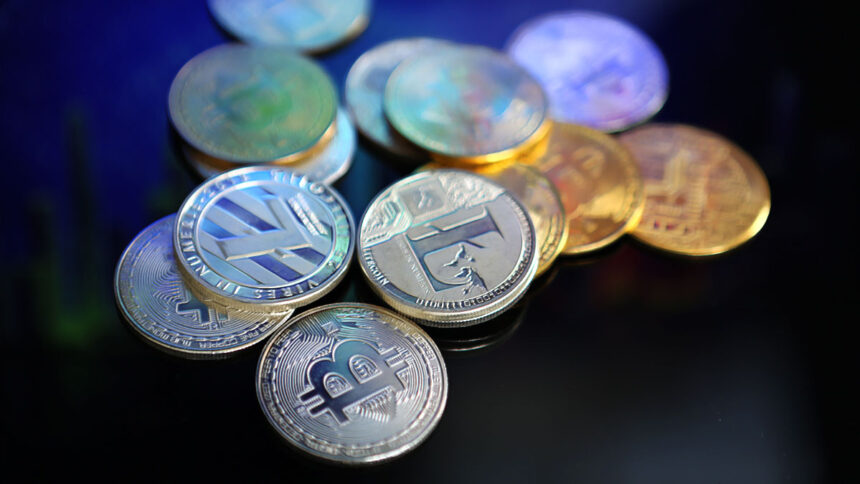Gold stablecoins are gaining traction as a preferred investment option, particularly during times of market instability. These digital tokens, which mirror the value of physical gold, are drawing attention from those seeking a reliable asset. However, recent tariffs imposed by the U.S. President have contributed to a decline in market performance, leading to a significant drop in asset values.
How Are Gold Stablecoins Performing?
In the wake of tariff announcements, a global sell-off rattled the markets. Major losses on a single day in the U.S. stock market forced many to reconsider their risk management strategies. The resulting anxiety among traders has been palpable, with many opting to liquidate their positions.
What Challenges Do Gold Indexed Stablecoins Face?
The decline in gold prices has adversely affected gold-indexed stablecoins. These digital currencies eliminate traditional barriers such as high fees and limited trading hours, allowing for quick transactions much like direct gold investments. This functionality appeals to individual investors who struggle with access in conventional financial systems.
Traditionally, gold has served as a secure asset for investors, but recent volatility has forced many to seek liquidity, leading to a downturn in demand for these assets. Unlike traditional gold, stablecoins maintain their values closely aligned with physical gold prices.
Paxos Gold and Tether Gold previously reached peak valuations around $3,191 and $3,190, respectively. Unfortunately, these values have quickly diminished due to heavy selling pressure, mirroring the decline in spot gold prices.
The impact of tariffs has sent shockwaves through the market, resulting in steep declines for major U.S. indices and echoing through global markets, particularly affecting indices like the S&P 500 and Nasdaq.
Despite the market chaos, gold-backed tokens have still shown a remarkable 17% increase since the start of the year. Key contributors to this growth include interest rate reductions by the European Central Bank and heightened demand from Asian markets. The market landscape continues to shift, influenced by these evolving factors.
– Central banks have increased gold purchases, with 24 tons reported in February.
– Poland’s reserves have risen to 480 tons, now 20% of its foreign currency reserves.
– Other nations like China and Turkey are also boosting their gold holdings.
As economic conditions fluctuate globally, market participants are urged to stay vigilant. The interplay of these various economic events continues to result in sudden shifts in asset prices, underscoring the need for prudent investment strategies.













